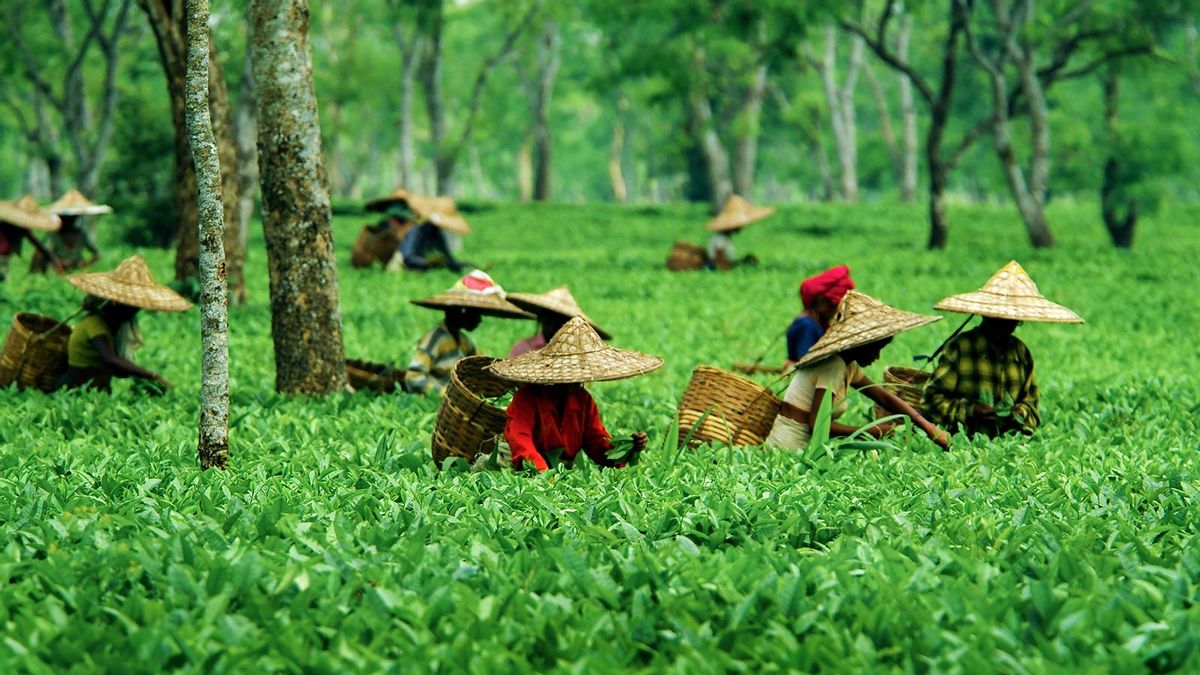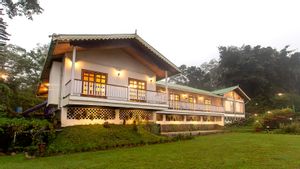Jade green or perhaps olive green? No, this has got to be juniper green! Wait, it is simply called tea tree green? I am at a tea estate after all...
My mind was swarming with appellations and adjectives attempting to help me decide upon what exact shade of green my eyes were trying to process. But I guess that’s what happens to us, city-seasoned, ‘indefinitely locked down' folk when suddenly confronted with their very own ‘50 Shades of Green'fantasy. One that certainly left me gobsmacked with the lush beauty of Upper Assam’s famed tea country.
All this, with the occasional crimson red burst of a flowering Gulmohar tree preening in all its pre-autumnal glory. Like an impressionist Monet painting, its image is reflected in the waters of an ancient tank, carpeted with fuchsia pink lilies and pale purple water hyacinth.
Tea and history
It was a cool mid-September morning when I found myself at the Attabarrie Tea Estate. An old colonial estate, set amidst ancient tombs and tanks, built centuries ago by the powerful Ahom kings of this region of Upper Assam. Today, India’s premier tea producing stronghold, this part of Assam lies on the fertile south banks of the mighty Brahmaputra, India’s only male named river.
I was looking at a vacation to immerse myself into a few of the tea estates’ agrotourism offerings and learn about the region and its world-class teas. Especially, the black tea variety that is abundantly produced here. The old tea estates of Assam, which were all set up during the British Raj, are awe-inspiring not just in terms of their magnitude, but also how the tea industry and nature coexist in the most wondrous ways. The resulting product is a fantastic cup of tea.
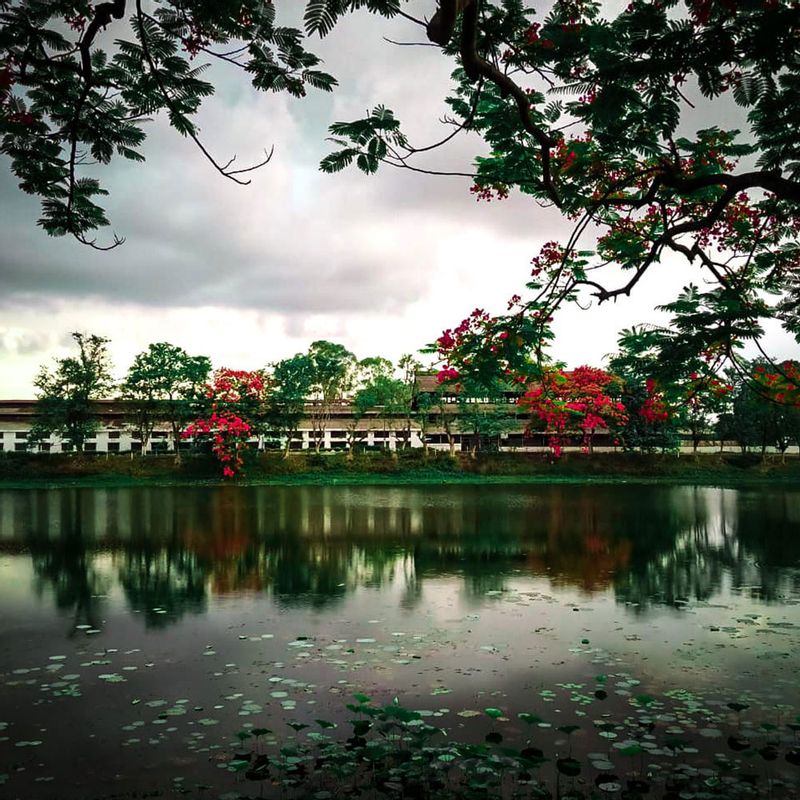
Today, a part of the prestigious Kolkata-headquartered Luxmi Group that owns several magnificent tea estates in Assam, Tripura, and West Bengal—with recent forays in places as unique as Rwanda in East Africa, the Attabarrie Tea Estate is not just one of India’s largest estates, but one of the oldest too and a place steeped in time.
Located close to the town of Demow, the estate’s main factory building, Shiv temple, and Burra bungalow flank three sides of a huge 337,500 sq ft. tank. This water body was dug out during the reign of AhomKing Sukampha in the late 16th century, who is also known as 'KhoraRoja’, or Lame King. This moniker was bestowed upon him after a fall from his elephant left him with a damaged foot.
The original name of the king’s estate was Athabarrie in honour of the gum trees whose resin was used to lodge precious gemstones into pieces of the royal jewellery collection. It was changed to Attabarrie when the British took over it and turned it into a tea estate in 1864. Interestingly, till today four British-era tea leaf sorting machines manufactured by Middleton and McIntosh are very much in use at the factory.
Down to the T!

As part of its new thrust in the direction of agrotourism—replete with guesthouse stays, factory tours, and tea tasting—estate manager Shantanu Roy personally took me around the gargantuan estate. All the while explaining everything related to the production of tea—leaf to cup—in the greatest detail.
Upon entering the first division (as blocks of the tea tree growing parts of the estate are called), I encountered rows upon rows of three feet-high tea bushes that were in the process of being divested of their crowning glory aka the needle-like bud and two leaves by scores of singing women (and a few men, too!) who knew exactly what to snap off and what not to.
Adorned with nylon mesh bags strapped to their foreheads to catch the leaves, they merrily made their way from bush to bush, stopping to take sips from plastic bottles, the contents of which looked unfamiliarly yellow and muddy. This, I was told, was a concoction of tea leaves water, and salt; designed to stave off the dehydrating effects of being out in the sun for too long.
Back at the rather modest on-site factory, I was taken through the entire leaf to cup process, after the plucked leaves were brought in. Following a motorised, fan-assisted dying process called withering, the clean leaves were chopped to an almost mulch-like consistency and left to oxidise. This was important as when the leaves ferment and turn progressively darker, they start to take on that typical tea colour while being imbued with strength and briskness.
After drying and processing, the leaves were then cleaned, sorted, and sent off to the packaging section of the plant. Expecting a much more high-tech packaging operation, I was a little surprised to see a very basic lot of packaging machines dispense the tea into large sacks ready to be trucked to Guwahati and Kolkata for the famous tea auction.
What’s CTC and orthodox tea
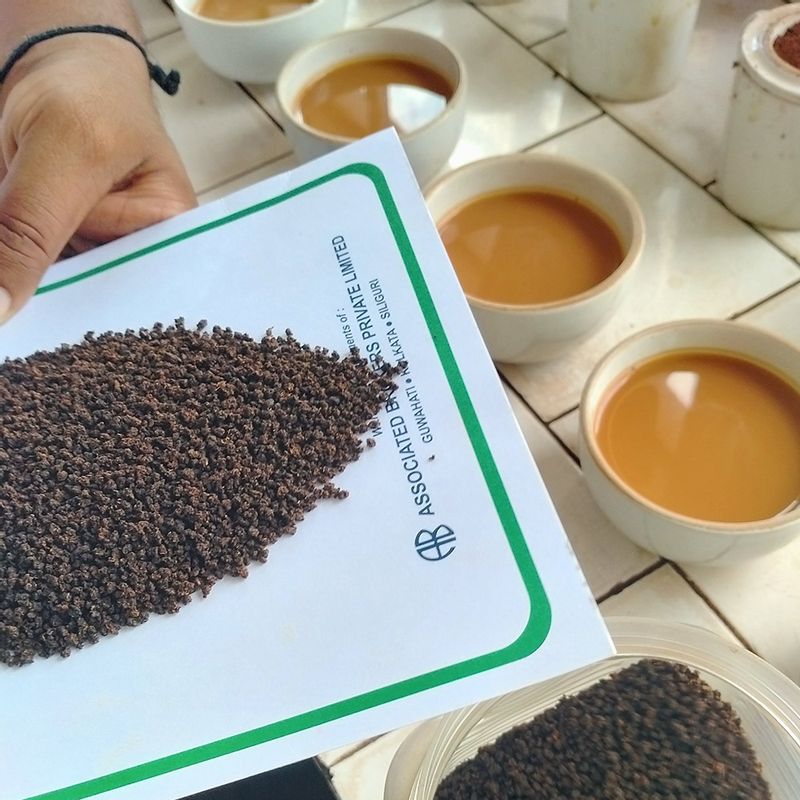
I was also privy to the very painstaking grading process where the different varieties of tea from the estate such as the basic CTC (crush, tear and curl) and the more premium export quality full leaf orthodox tea are sorted out and tasted before being specially packed. Somewhat similar to traditional wine tasting, one is meant to see, sniff and then slowly sip the ‘liquor tea’, devoid of the de rigueur milk and sugar additions, while giving it a swirl in one’s mouth to open its bouquet of tasting notes.
Post a yummy Assamese lunch at Mr Roy’s beautiful mati-style bungalow, I got to sample a whole range of special CTC and orthodox teas that the estate and group produces. In fact, Prime Minister Narendra Modi on his visit to the UK in 2015 chose the brand’s tea as a gift for Her Royal Highness which was called the Queen Elizabeth Blend.
As a parting shot, I was handed a small glass of an experiment Mr Roy was working on—homemade tea wine produced from just the prized bud of the tea plant, sugar, yeast, and distilled water. Two words: scrumptious and potent!
Agro-tourism at Moran tea estate
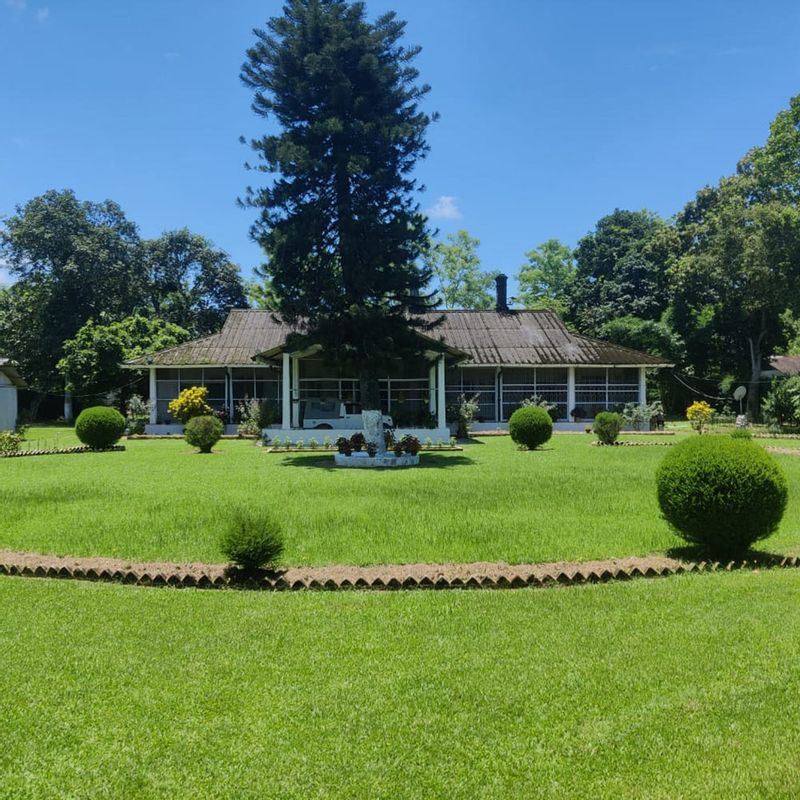
Earlier that morning, I had taken a quick 25-minute ride along the National Highway 37 to get here from my base at Attabarrie's sister estate—the equally impressive Moran Tea Estate. This mammoth estate covers 1092 acres of land housed in the eponymous town of Moran, which itself is a short one hour’s drive from Dibrugarh’s Mohanbari Airport, along the same highway.
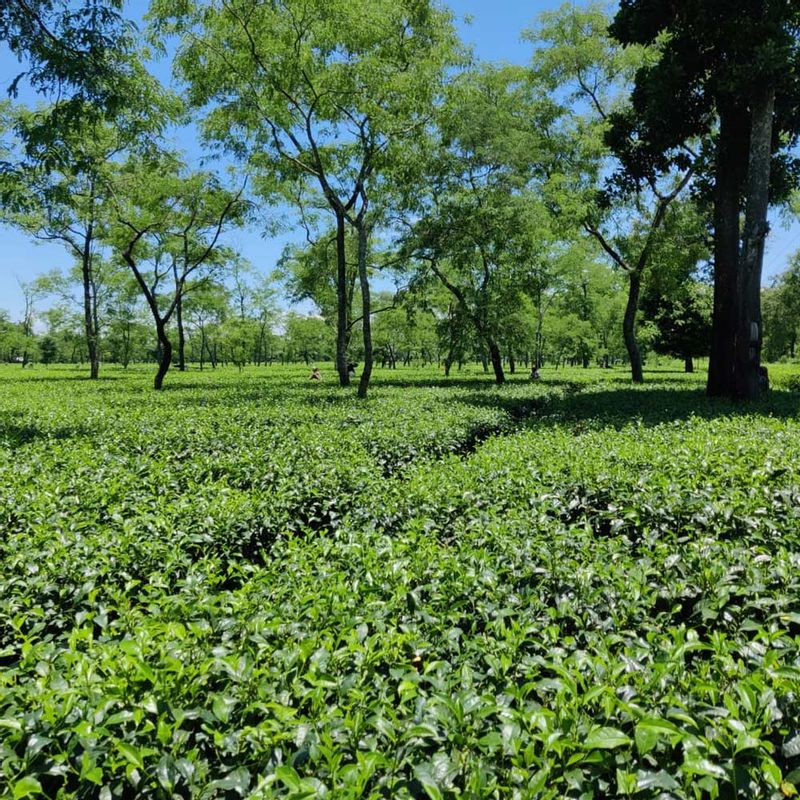
Another emerging agrotourism destination—with its colonial-style guesthouse bungalows featuring cosy fireplaces and huge verandas—the historic Moran Tea Estate was set up by the British also in 1864. Belonging to the most prestigious tea-growing belts in the richest tea region of Assam, the Moran Tea Estate is known not only for its focus on quality, but also for good environmental stewardship and ethics. Besides the fact that the estate grows some of the finest teas in all of Assam, the estate, like Attabarrie is also home to medieval tanks and tombs built by the Ahom kings that stand testament to the time before the British Raj.
Must-visit sites in Upper Assam

Once you’ve had enough of tea and agrotourism and wish to play the role of a 'regular tourist', this region of Upper Assam is filled with other places of interest as well. One such example is the 4.94 km long Bogibeel Bridge, believed to be Asia’s longest and one that fords over the Brahmaputra river, linking the Dibrugarh and Dhemaji districts.
The other very important destination is farmhouse the ancient Shiivite town (and former Ahom Kingdom capital) of Sivasagar. A quaint town and religious hub famous for its historical Ahom era attractions like the upturned boat-shaped Rong Ghor sports arena, the Talatal Ghor with its subterranean maze of tunnels and the mighty Shiva idol temple, nestled on the shores of the manmade Sivasagar lake.
Why agro-tourism is the new way to travelWith sustainable and immersive travel becoming vital buzzwords in the slowly emerging ‘new normal’ of travel, agrotourism has come to the fore like never before. What this simply means, in the words of the World Tourism Organization, is “accommodation being offered in the farm house or in a separate guesthouse, providing meals and organising guests' activities in the observation and participation in the farming operations.” Looking at travel through the lush, green prism of agriculture(and vice-versa!) is not just important, but a practical and responsible way to give back to the planet. In fact, a little over a year ago, in September 2020, the Maharashtra government introduced a new agrotourism policy that aims to invigorate the rural sector and agricultural practitioners with a steady source of alternative income and employment through tourism via farm stays. The concept of agrotourism makes perfect sense in a country like India where 85% of the population is directly or indirectly dependent on agriculture and allied activities for their livelihood. With agriculture accounting for 26% of the country’s GDP, the potential for agrotourism is huge. It is perfect for those mid-crop,non-farming shoulder seasons as it can provide a stable and separate stream of income that’s necessary for a small farm’s survival. All this, as we ‘agrotourists’ pick up new skills like learning everything there is to artisanal, organic goat cheese making on a learning vacation at a lakeside farm stay in Vadgaon near Lonavala at Fazlani Natures Nest. Or perhaps, delve deep (pun unintended!) into the concept of rainwater harvesting at an agrotourism project at Krishivan Agri Tourism at the foothills of the historic Sagargad Fort near Alibaug. At places like Parashar Agri and Cultural Tourism in Junnar, a small village close to Mumbai, Pune, and Nasik, the focus is on organic farming and how it can positively enhance not just the environment, but our lives as well. This is done with practical hands-on lessons in growing and harvesting fruits and vegetables with minimal impact on the soil. Maybe learn about sustainable fishing as you join local Kolifisher folk on a pre-dawn expedition in their wooden boats along the mangrove-filled backwaters at the aptly-named The Happiness Estate FarmStay and FoodForest near Sawantwadi in Sindhudurg. The real onus is on us, as conscientious travellers, to take on the mantel of responsibility via our low-impact, sustainable travel choices. And we can do this by helping local agricultural communities and small farmers not just reset their lives, but also to benefit and thrive from agrotourism... just like we hope to, as we learn from them! |


